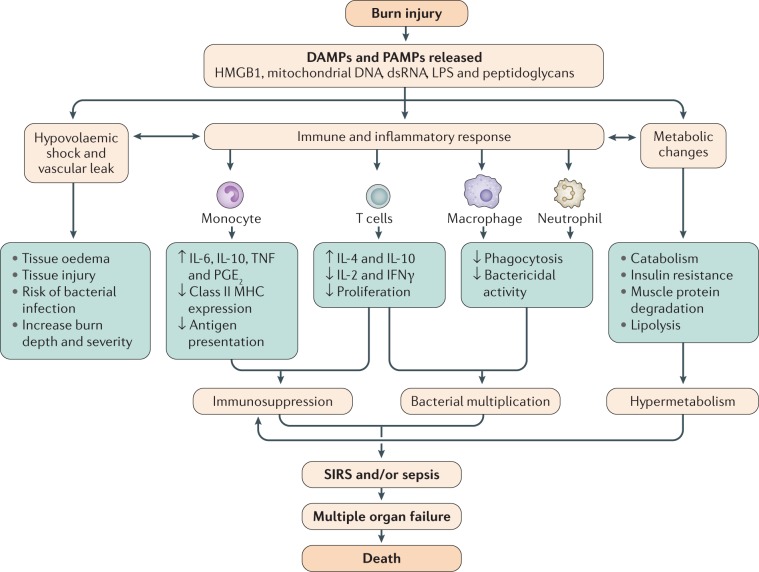Fig. 4. Events leading to sepsis and multiple organ failure following burn injury.
Tissue injury following severe burns results in release of endogenous damage-associated molecular patterns (DAMPs) such as mitochondrial DNA263 and double-stranded RNA (dsRNA), which along with exogenous pathogen-associated molecular pattern molecules (PAMPs) such as lipopolysaccharides (LPS) and peptidoglycans, can induce vascular leak, an inflammatory response and metabolic changes. Vascular leak and transfer of intravascular fluid to third spaces leads to tissue oedema and further injury. The inflammatory response can result in immunosuppression and ineffective response to bacterial invasion. Metabolic changes include increased muscle protein degradation, insulin resistance and increased cardiac load. The culmination of these events is often systemic inflammatory response syndrome (SIRS), an inflammatory state affecting the whole body, which can lead to multiple organ failure, and ultimately, death. MHC, major histocompatibility complex; PGE2, prostaglandin E2; TNF, tumour necrosis factor. Adapted from ref.264, Springer Nature Limited.

